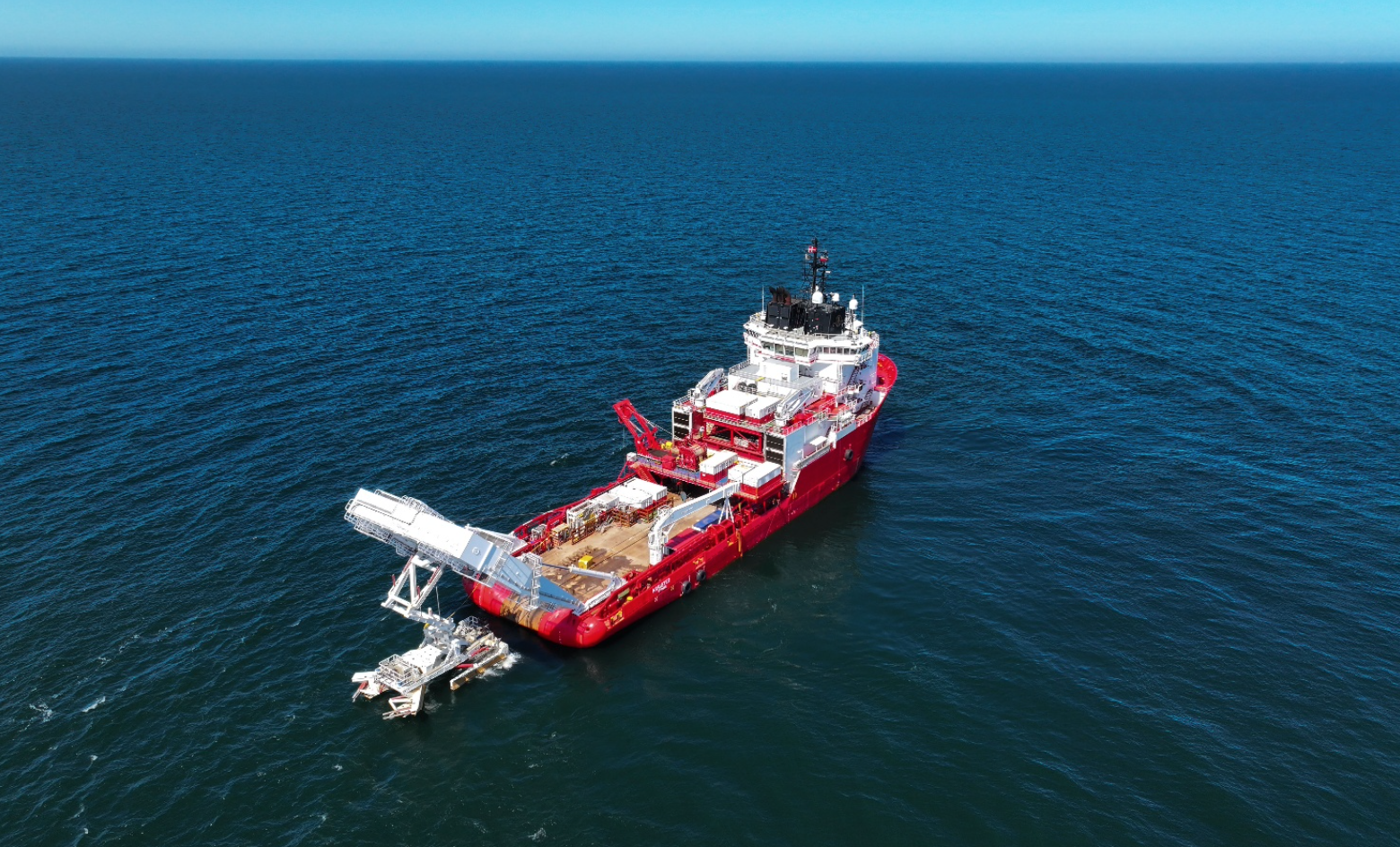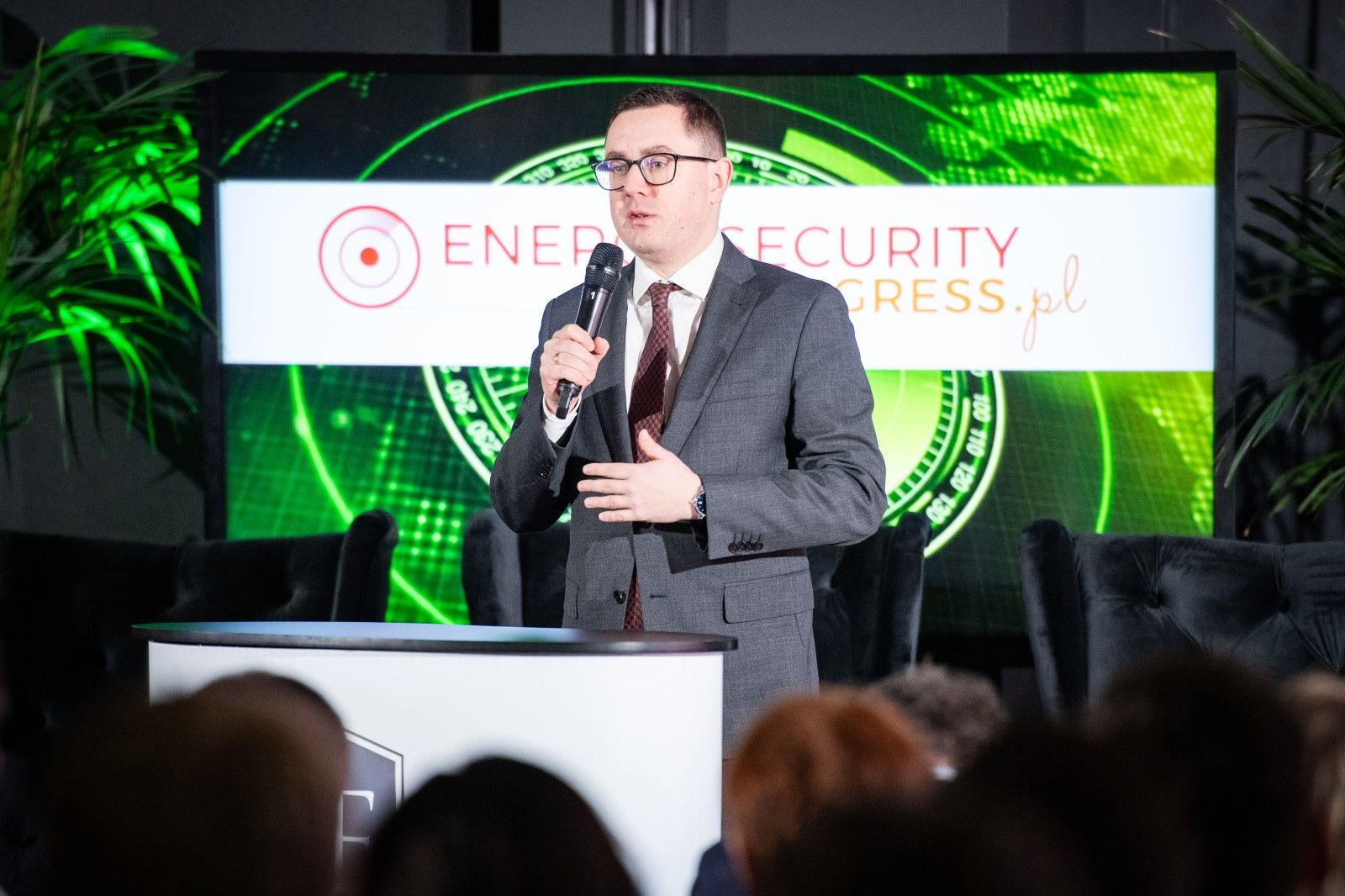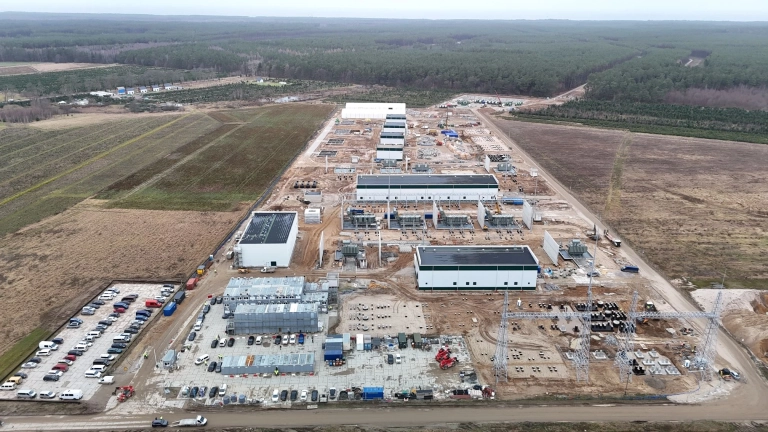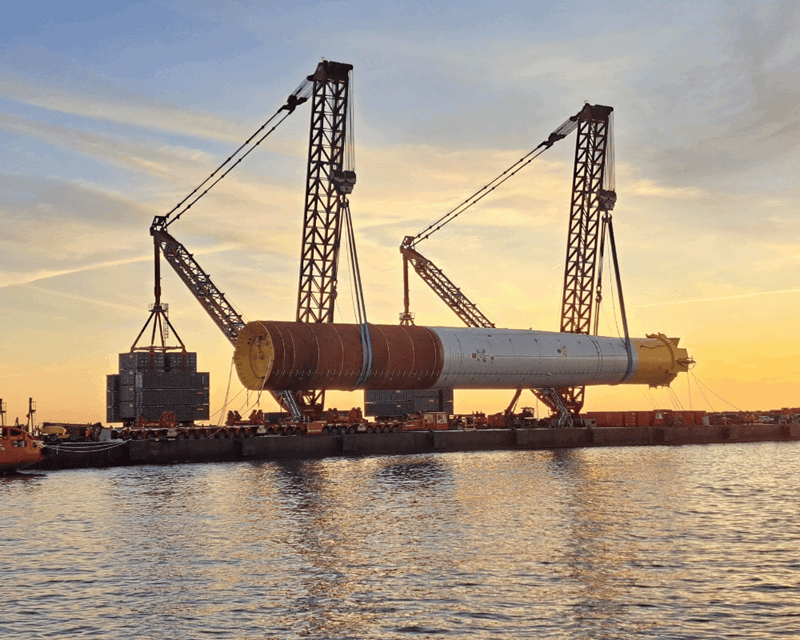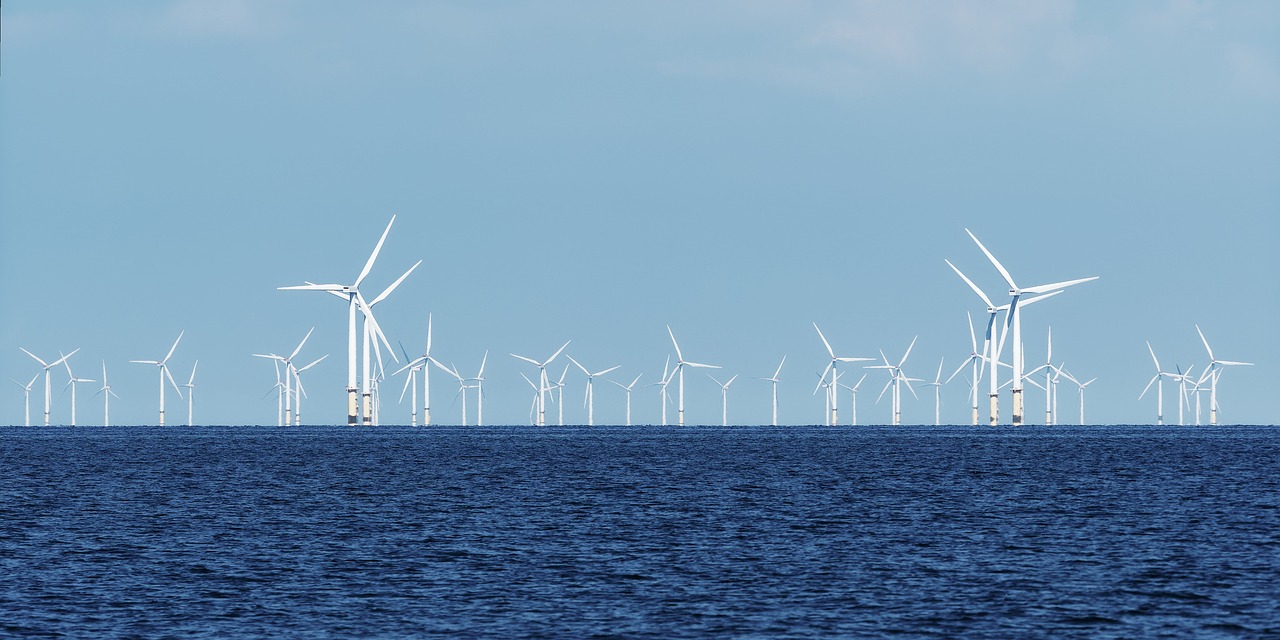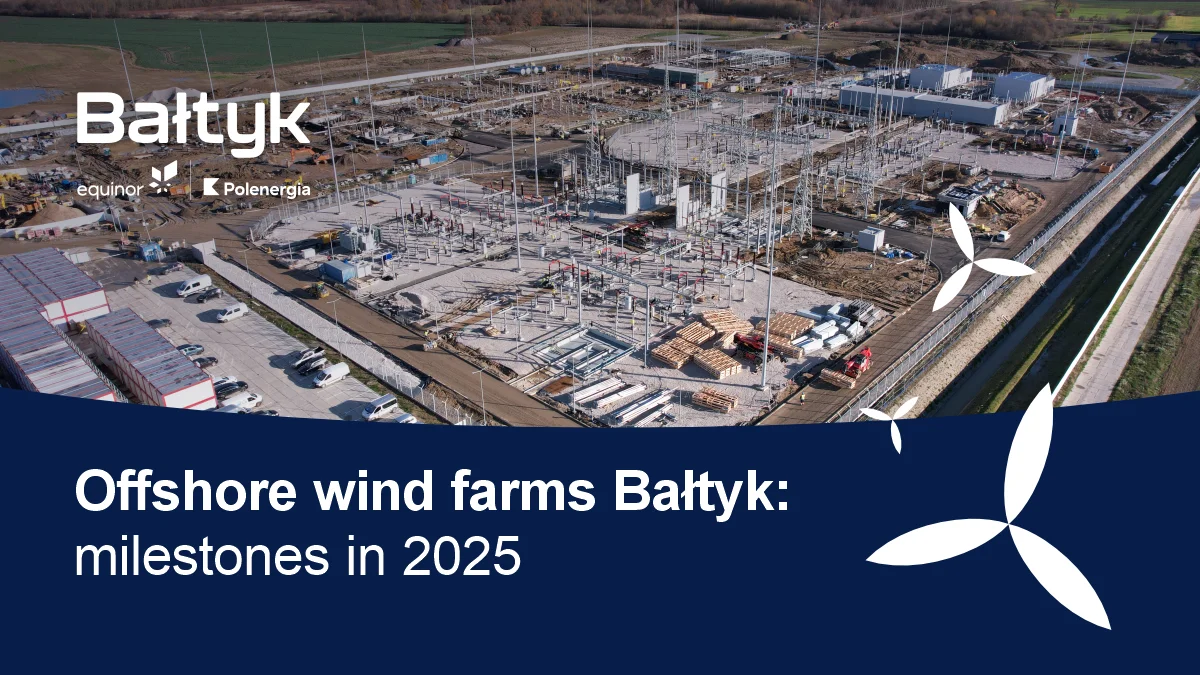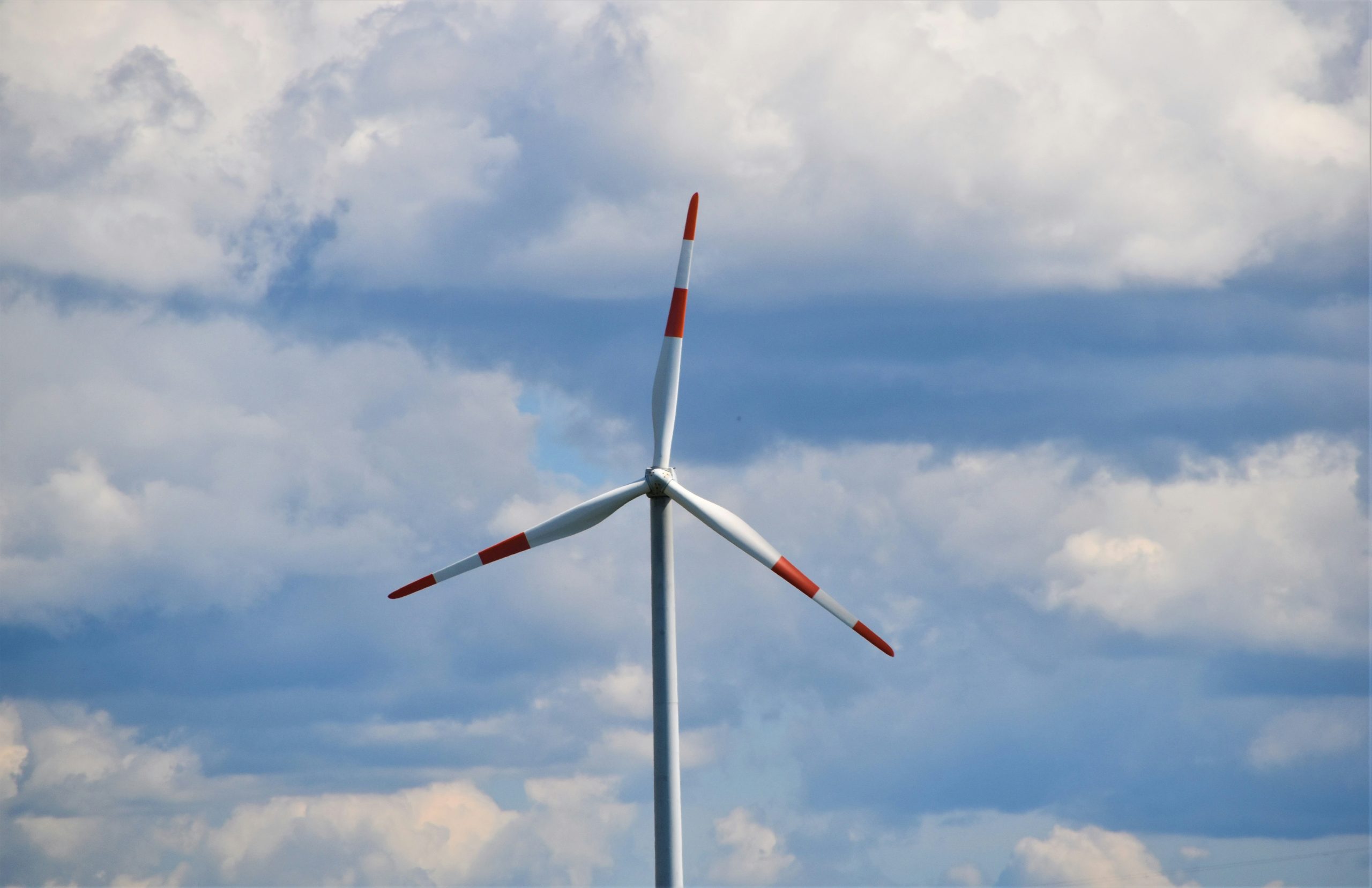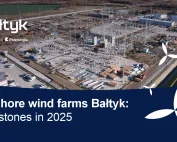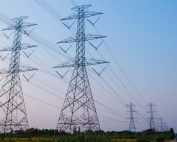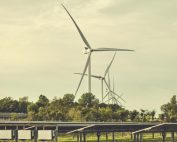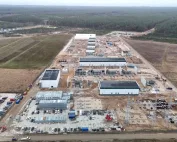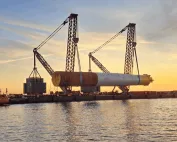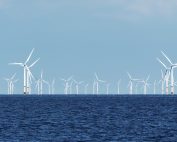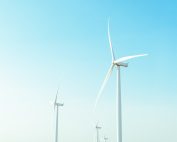Equinor and Polenergia have signed annexes to agreements with the consortium of Jan De Nul Group and Hellenic Cables, extending the scope of cooperation on the Bałtyk 2 and Bałtyk 3 projects. Under the annexes, the general contractor, together with Helix Robotics Solutions Limited as a subcontractor, will clear the route of boulders prior to the installation of subsea power cables.
Work on the Bałtyk 2 and Bałtyk 3 offshore wind farm projects is proceeding according to schedule. Drilling has begun at the point where the submarine export cables come ashore. Construction of a service base in Łeba, which will serve both farms, is also underway. At the same time, preparations for work at sea are being made. Expanding their cooperation with the main contractor for the export cables, Equinor and Polenergia have secured a subcontractor who will move boulders from the marine cable route corridor and prepare the seabed for the installation of subsea cables.
The work involves relocating individual large boulders using an ROV grabber and then removing clusters of densely distributed boulders using a specialised i-Plough unit from Helix. Both tools, operated from separate vessels, are designed to effectively clear the corridor for the installation of export cables.
The i-Plough boulder removal plough from Helix Robotics Solutions is one of the few specialised machines of its kind in the world. Ensuring the availability of this unit and contracting it for the Bałtyk 2 and 3 projects was crucial for the successful completion of the installation work planned for next year. Clearing the cable route with a grab and plough is an efficient way to remove boulders that could jeopardise the safe installation of submarine cables.
The annexes concerning the removal of boulders from the route of the offshore export cable extend the cooperation with the consortium of Jan De Nul Group and Hellenic Cables, the general contractor responsible for the design, manufacture, delivery and installation of export cables for the Bałtyk 2 and Bałtyk 3 projects. Equinor and Polenergia have recently made final investment decisions for both farms and secured their financing.
The Bałtyk 2 and Bałtyk 3 offshore wind farms will be located approximately 37 km and 22 km from the shore, respectively. They will consist of 100 modern wind turbines with a total generating capacity of 1,440 MW. This will be enough to supply green energy to over 2 million households in Poland. The construction of these projects will support Poland’s energy transition and strengthen the competitiveness of the Polish economy and the country’s energy independence. The first energy from the Bałtyk 2 and Bałtyk 3 farms is expected to flow into the grid in 2027, with commercial operation beginning in 2028.
Source: OWF Bałtyk
